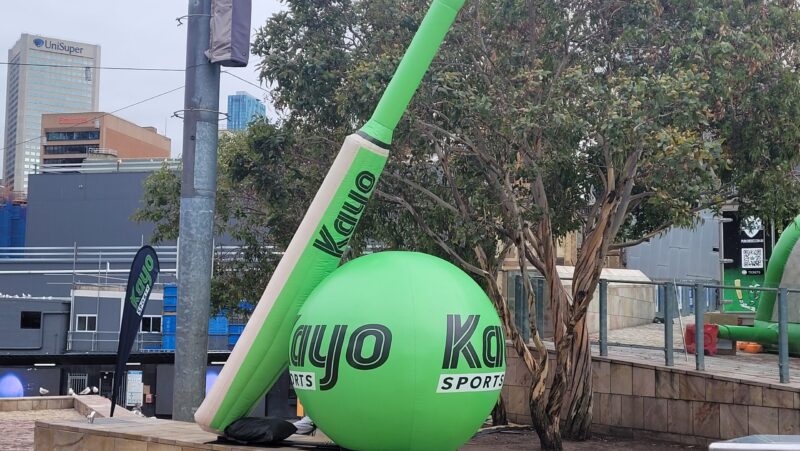‘It’s not going to get any bigger than this’: Fox Sports looks to the NFL for inspiration this cricket season
This cricket season, Fox Sports will be unleashing a host of new tech innovations only seen before in US sports broadcasts, with a world class team to commentate all the action. As Fox Sports managing director, Steve Crawley, tells Mumbrella, “it’s very different now to what it was ten years ago”.
The Emperor. It sounds like the lofty nickname of a cricketing legend, but it’s actually a 600 frame-per-second ultra motion camera, tasked with tracking the ball, players, and providing the footage used in swift, sweeping replays during Kayo Sport’s upcoming summer of cricket with agonising detail.
The Emperor is a team player, though, linking with AI-driven cloud-based data and technology platform HyperLayer, which uses six cameras tracking at 250 frames per second to “capture every phase of the ball’s journey – from bowler to pitch to batter,” as Kayo announced at its summer of cricket launch in Melbourne’s Federation Square on Tuesday.
With around 540 deliveries during each day of Test cricket, 810,000 frames of data are produced daily, which HyperLayer can then mesh with current season and historical data to provide AI-driven analytical data and be used to make game play predictions.


